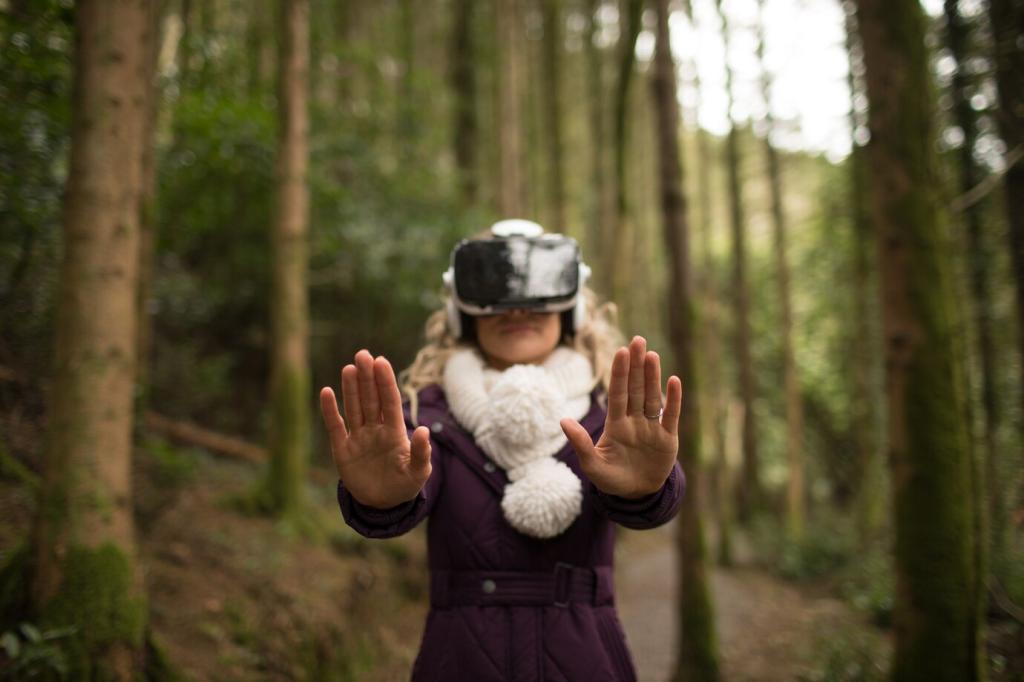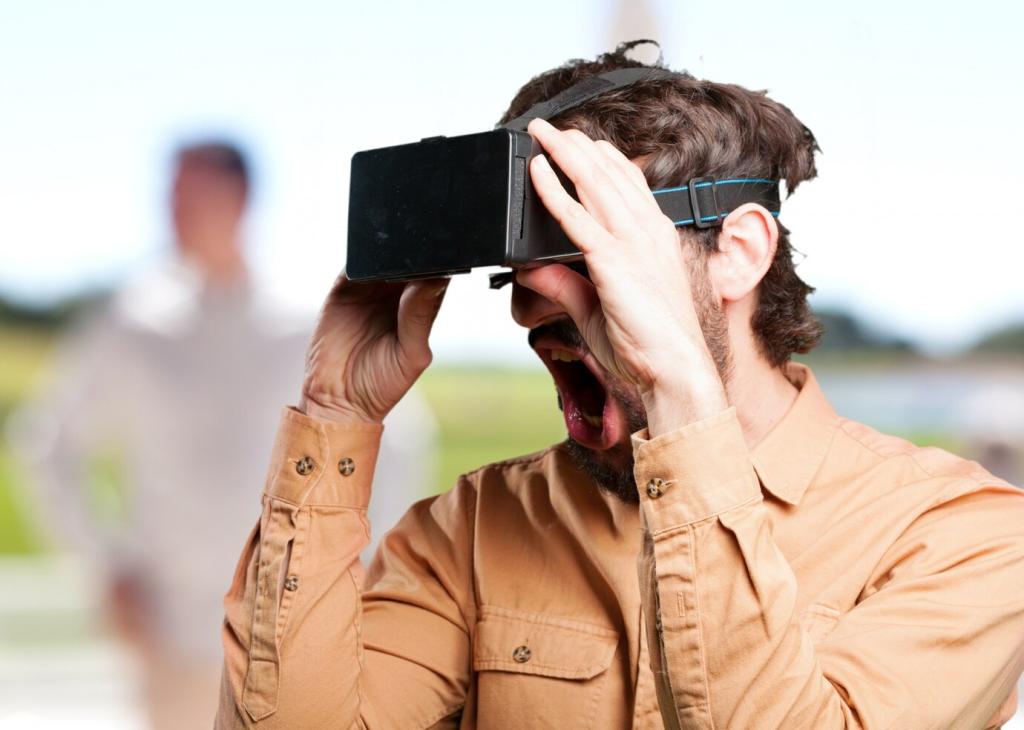Trust and Truth: Comparing Editorial Models
Experts codify standards and depth; crowds surface timeliness and breadth. The strongest encyclopedias merge both, using editorial policies to channel volunteer energy while preserving rigor where precision truly matters.
Trust and Truth: Comparing Editorial Models
Digital platforms deploy bots, watchlists, and rollback tools. Most vandalism is fleeting; what endures is the shared expectation that facts be sourced, discussed, and repaired, often faster than print could ever reissue.



